North Sea workers are still getting bigger, new figures show.
According to Aberdeenfirm TAC Healthcare, their average weight has jumped from under 12 stones in 1975 to more than 15-and-a-half-stones in 2023.
The industry is assessing implications ranging from lifeboat capacity and medical stretchers to diet and exercise plans.
Weight problem steadily getting worse
Research from Robert Gordon University published in 2015 found offshore workers were an average 19% heavier than they were in 1985, with significant growth in neck, chest, hip, waist and wrist sizes.
That came the year after industry body Oil and Gas UK, now Offshore Energies UK (OEUK), said the typical man employed on North Sea installations had rocketed to well over 14 stones.
Offshore equipment upgrades
TAC Healthcare chief medical officer Dr Stuart Scott said his medical teams were now having to upgrade equipment and training methods to account for heavier workers.
He added: “If someone has an incident out on site, carrying someone on a stretcher who weighs 90 kilos (more than 198lbs) is very different from carrying someone on a stretcher who is 130kg (nearly 287lbs).
“The medical equipment is having to be upgraded for things such as patient couches.”
Medical evacuation teams are also increasing the weight of dummies used for training simulations.
According to Dr Scott, the increasing size of offshore workers is primarily caused by changes in diet and particularly prevalent among men aged over 55.
He added: “People, as they get more mature are increasing in size quite significantly.
“Back in 2015, 26% of the people we saw had an ideal BMI (body mass index)… whereas for this year to date it’s under 18%. Those with a BMI you would be concerned about have gone from 25% up to 33%.”
Industry meets for offshore weight review
OEUK recently held a workshop to reassess the implications of heavier workers.
North Sea duty holders were asked to review their health and safety arrangements, particularly in relation to weighting and design standards for lifesaving equipment.
OEUK health and safety manager Graham Skinner said: “The health and safety of our people is a top priority.
“Through close working with our stakeholders and partners, we have already confirmed some initial actions, and continue to discuss next steps with regulators, industry and the workforce.”
The most recent Health and Safety Executive guidance on “big persons in lifeboats” was published in 2008.
It assumes average weights for adult males at 98kg (216lbs) and adult females at 77kg (about 170lbs).
Earlier this year, bosses on the Taqa North Cormorant platform were at one stage “not confident” its lifeboats could fit the stated number of passengers.
Health and wellbeing
Mr Skinner said OEUK hoped to use the recent meeting as a “catalyst” to reinvigorate some of the work being done on health and wellbeing across the sector.
The industry is not just contending with workers who are overweight or obese, but also many who have increased body mass due to muscle gain, he said.
Some offshore operators even count strongman competitors among their crew.
However, a need for lifestyle changes surrounding diet and exercise remains.
Industry operators have responded by changing the meal options offered to staff offshore, including limiting chips to once per week.
Daily exercise classes and health assessments are also focusing on tackling weight gain.
Dr Scott warned that if weight gains are not reversed, it can put workers at increased risk of cardiovascular disease and type II diabetes.
Larger workers are also at increased risk of musculoskeletal issues, which account for 30% of TAC’s work with people on long term absences.
Dr Scott said he had not seen injuries and accidents offshore increase in recent years, but was seeing a growing number of people becoming unable or unfit to return to work.
“Particularly in jobs like scaffolding, pipe-fitting – those jobs that involve manual handling – because we’re seeing increased wear and tear purely through the increase in size,” he added.
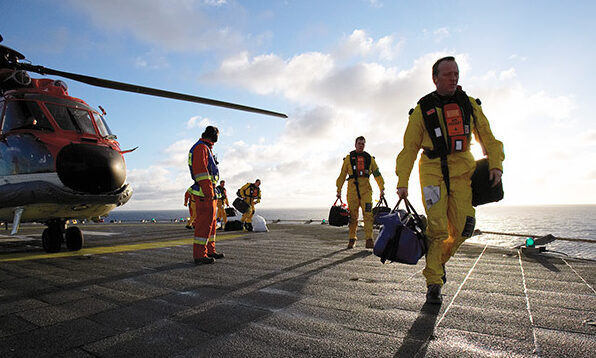
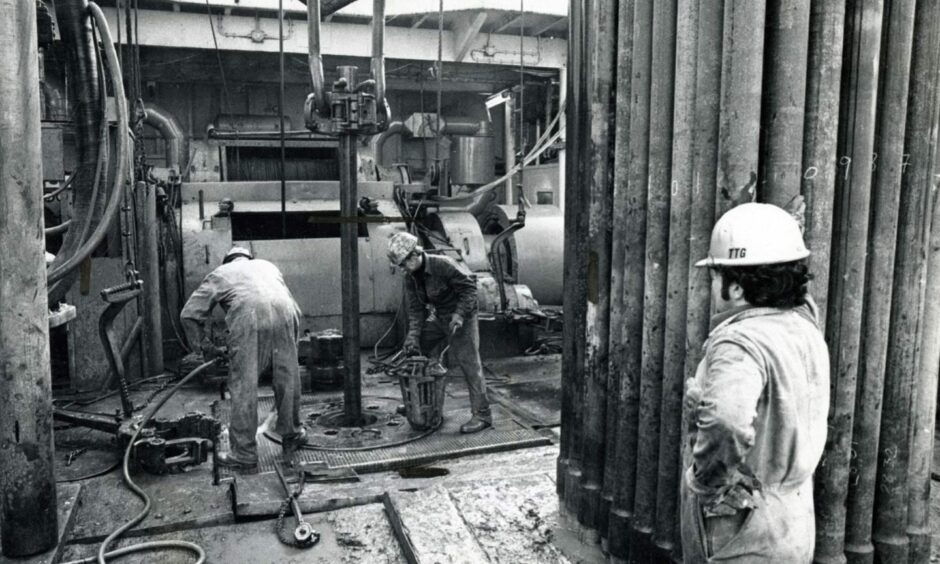

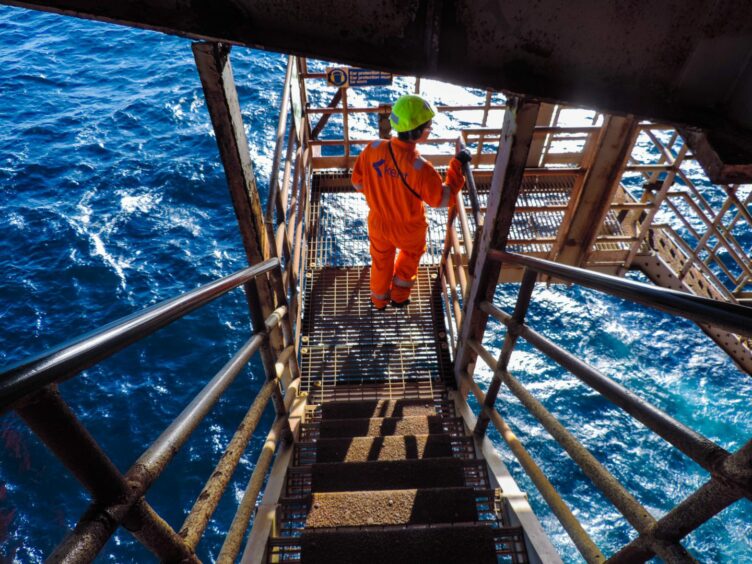
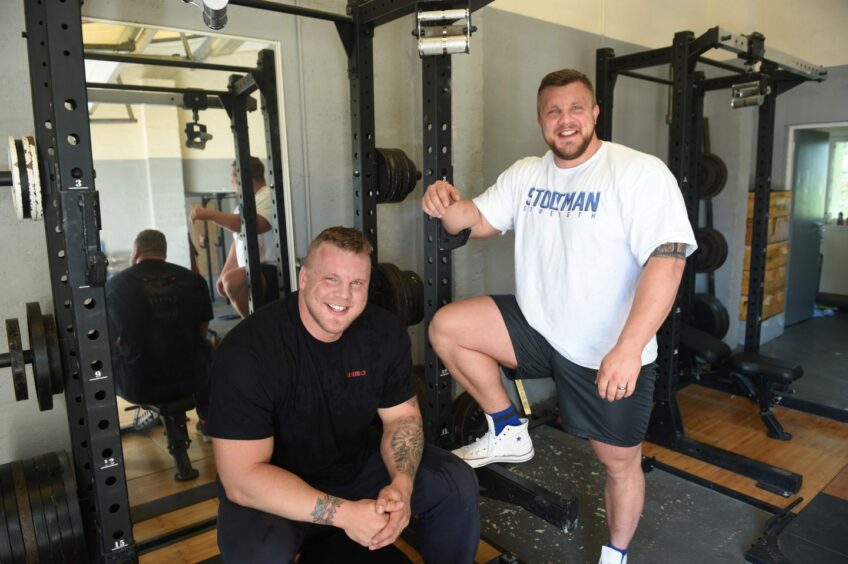
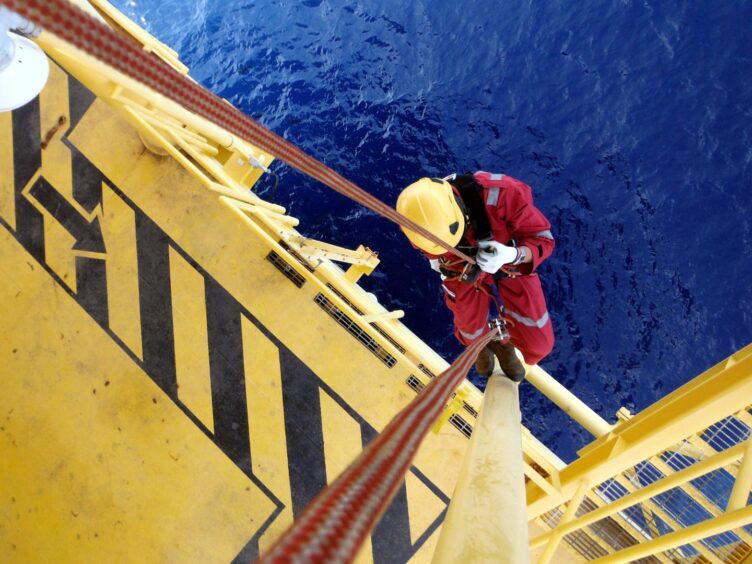
Conversation